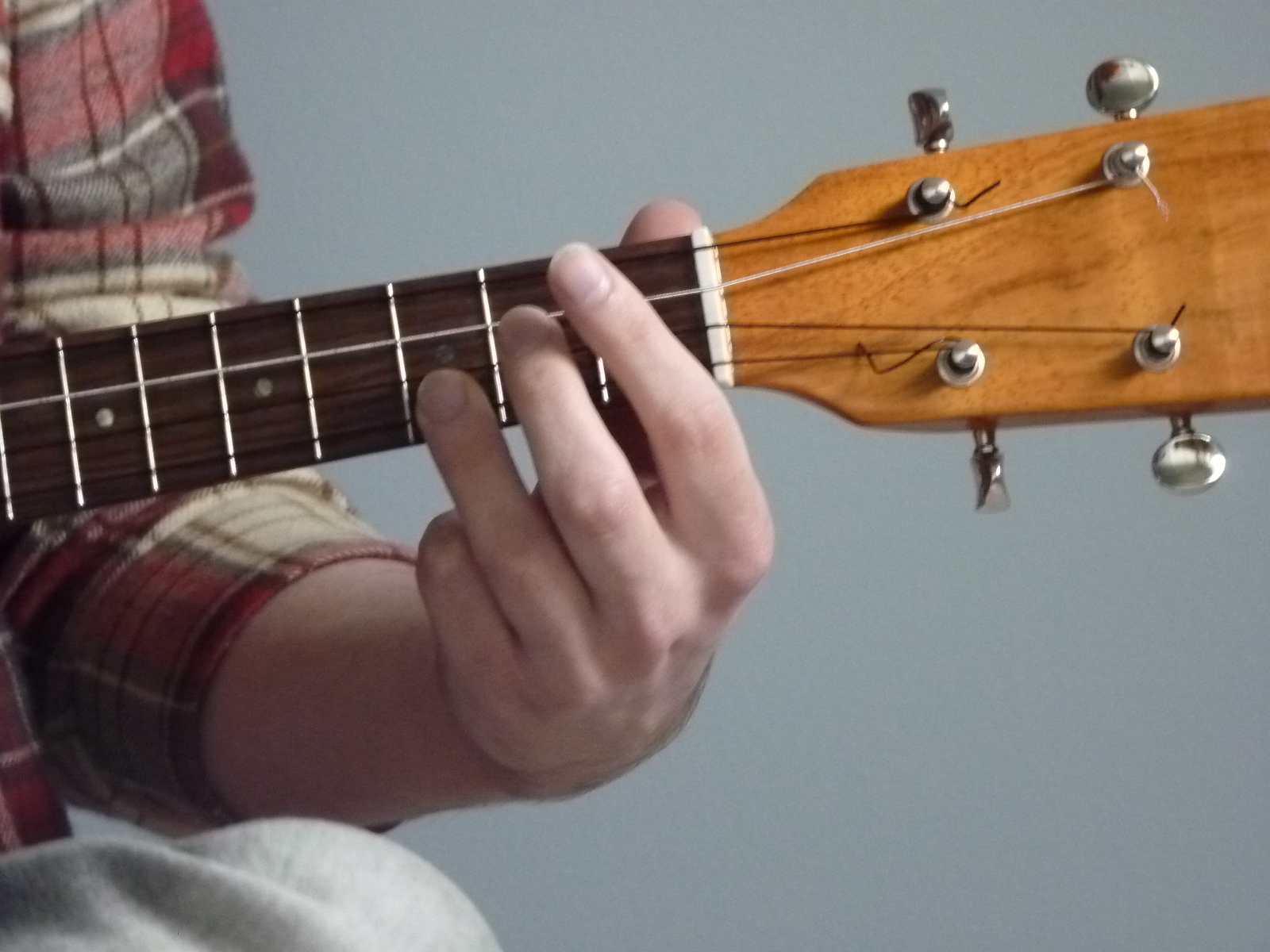Drifting Back
/When you listen to an instrument, or play one for yourself, where does it take you? Maybe you let the voice of the music guide you to a new setting somewhere around the globe (given the sound and origins of the ukulele, for instance, it’s really difficult not to think about lounging in Hawaii). If you’re an experienced player, perhaps you let the music take you on an improvisational journey, letting your sound and your mind define a path without a clear destination and playing just to see where you might end up.
In its own small way, the ukulele has opened a gateway back to my own childhood.
It was my first time trying to move away from simple chord charts by reading music from a ukulele tab, which shows both which numbered frets to play and the rhythm in which it should be played, not unlike piano sheet music. These tabs are used to notate melodies, a musical component I’d never tried replicating on a uke before.
And keeping to my tendency to listen to music much older than I am, I was trying to play the riff from that popular 80s relic, A-ha’s Take On Me (bonus points for you if you were alive when the music video premiered on MTV).
Plucking out melodies on the uke is tricky, and as someone who’s only used to strumming chords, trying to do so really put me in my place. Chords are the blueprints of a song in most cases, planning the progression in key for the melody to follow. As such, individual chords tend to be repeated over the period of a melodic phrase, meaning less finger movement. Tackling a melody that spans a number of frets over all four strings requires a level of dexterity I just don’t have yet. The right hand must pick each individual string as the left hand moves over the desired fret, and it’s easy to muddle your sound by simply brushing the wrong string with either hand.
It’s tough, but I found it to be a lot of fun to try. For the first time in years, the feeling of practising was reminiscent of my younger days in the Suzuki Music Program studying piano. My teacher would often pull out simple melodies for me to sight-read, allowing me to build dexterity and muscle memory in much the same way as I’m teaching myself to do on the uke.
And for a brief moment, I was reacquainted with my childhood devotion to the discipline, with a sense of gratitude that I was now gifted enough to attempt to reteach myself what others had taught me all those years ago. Suddenly, practising was fun again.
You’d be surprised how gratifying it can be to finally take your hands off the instrument and say with confidence, “Man, that sounded awful. Let’s try it again!”
Stuart Harris
Stuart Harris is a 20-year-old Professional Writing student at Algonquin College with thirteen years of music experience under his belt. He’s a pianist trained in classical and jazz idioms who wants to parlay his knowledge into teaching himself an alien instrument and share his observations with you. Keep strummin’!
Check out Ukulele Hunt for further exploration













